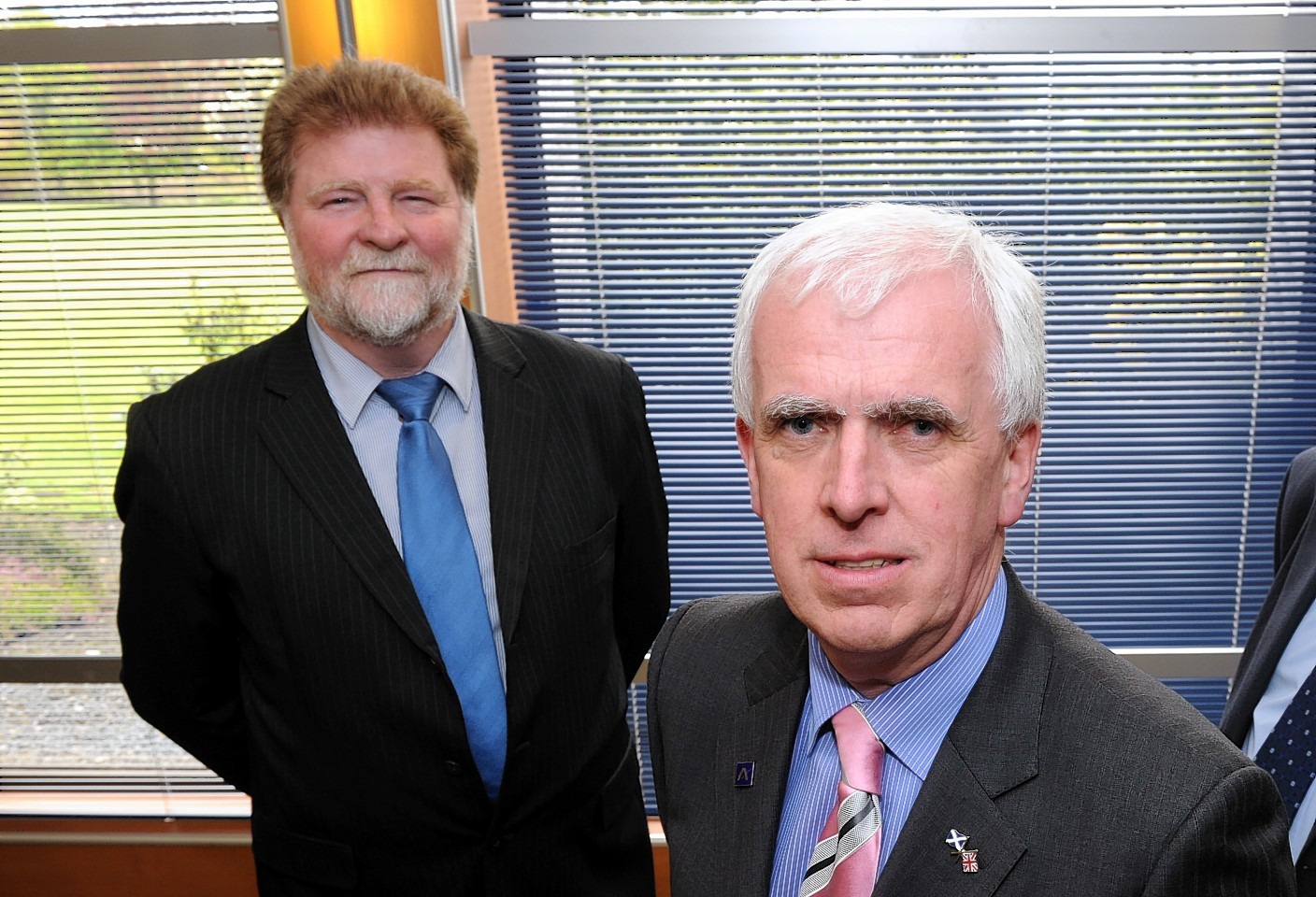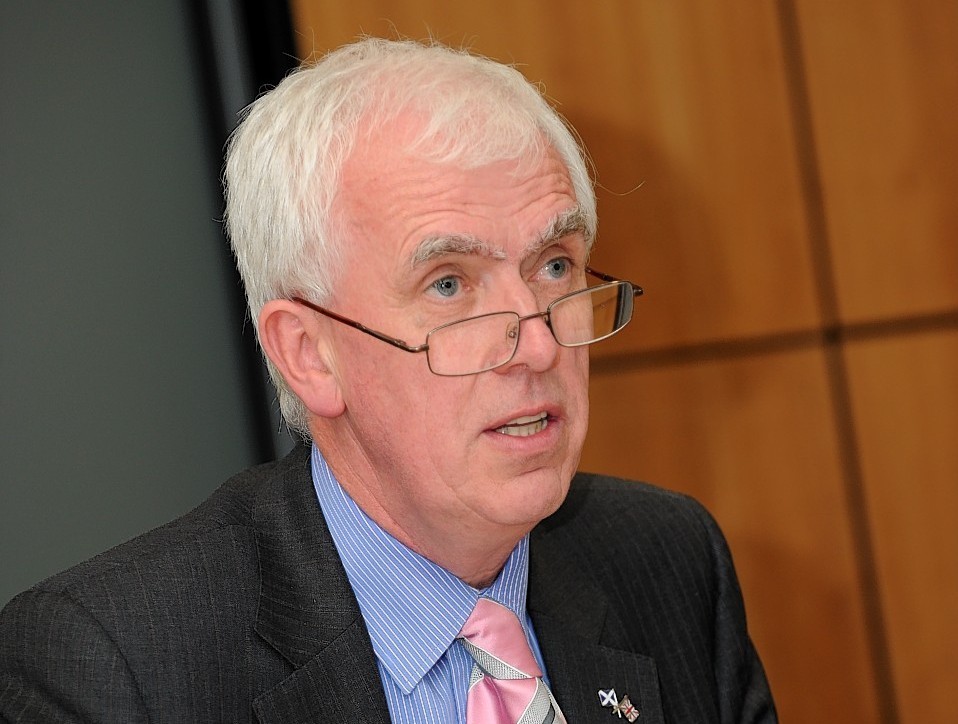Council chiefs in Aberdeenshire have warned that communities may have to help run local services as they battle to balance their books.
The local authority is faced with slashing its spending by £50million over the next four years.
And senior councillors have admitted no areas of its budget will be immune to the cuts.
But they believe there is potential for council tax payers to do “much more” for themselves as local authorities across the country try to find ways of saving money.
Aberdeenshire Council’s deputy leader Martin Kitts-Hayes said last night: “What we are trying to do before cutting the budget is look at alternative ways of delivering the service.
“It is about engaging, but engaging in a constructive way. Going forward, communities are going to have to do much more for themselves.
“If you look at leisure facilities, we are no longer in a position where we can build a sport centre, but if an organisation comes forward – that’s the sort of thing we want communities to do in a lot of areas.
“If we don’t engage, services will diminish.
“What we say to communities is – if you have got a good idea, we can provide support through economic development, to help people put together a business plan.
“We actually seek organisations that want to do something different.”
Mr Kitts-Hayes said the experience of new chief executive Jim Savage would help the council through the tough times ahead – given his experience of managing over 40% worth of cuts in his previous role with the local authority in Cumbria.
Council leader Jim Gifford added: “When you are looking at this sort of levels of budget cuts, there really can be nothing that is not ‘up for grabs’. It is how you go about achieving these.”
He pointed to Oldmeldrum and Newmachar town halls, and the Mintlaw And Central Buchan Initiative (Macbi) community centre as examples of where locals stepped in and took charge of a council asset.
The Conservative councillor added: “They were completely community-driven projects that the council facilitated, and put some finance in, but didn’t take forward as council projects, they are up and running as community facilities.
“If you get facilities like that run by a trust, held by a trust, they can do things that the council can’t and wouldn’t do, raising finance like grant funding and what have you.
“We’re looking at all these alternatives rather than saying ‘we’re not doing this any more’.”
Mr Gifford added that there would be several council services areas which may not be available for community takeovers, such as education and care.
However, he added: “There are certainly things you need specialists or training for. I can’t imagine too many communities taking over their own schools. That is the sort of thing that would be a step too far.”
Aberdeenshire Council’s SNP group leader, Hamish Vernal, said: “I actually think that there is a real benefit in this for both the council and the residents of Aberdeenshire. Obviously, the benefit is not in the cuts to the council budget.
“In some cases community assets are better run by the local people through a variety of methods, such as community asset transfers.
“Clearly that has to be handled sensitively and in a way that the service is at least as good as that provided by the council.”
But he said that in Scotland there was “no appetite” for community takeovers “in terms of health services or the education service”.
In the 2015-16 financial year, £532million will be spent in Aberdeenshire on services.
After the budget was announced in early February, the council confirmed that £1.7million was being cut from its roads and winter maintenance programme this year.
The local authority also announced a commitment to spend £284million on education and children’s services.

